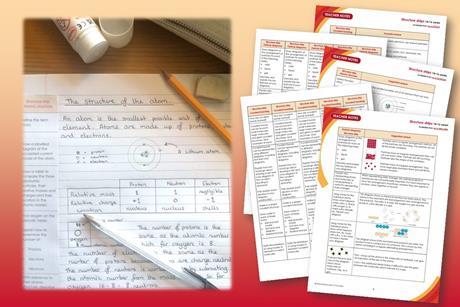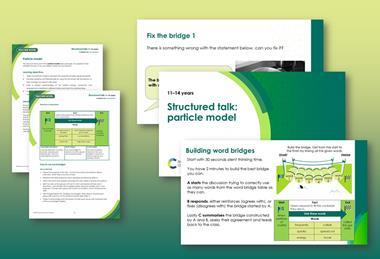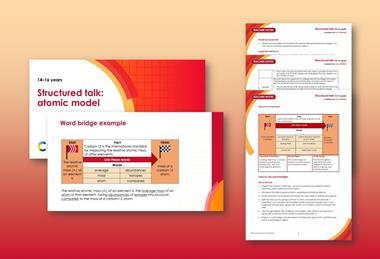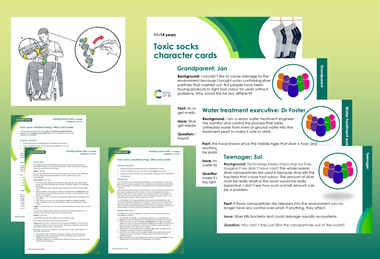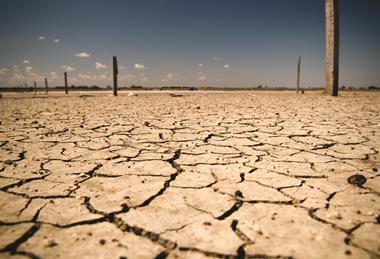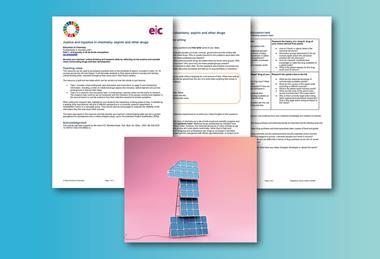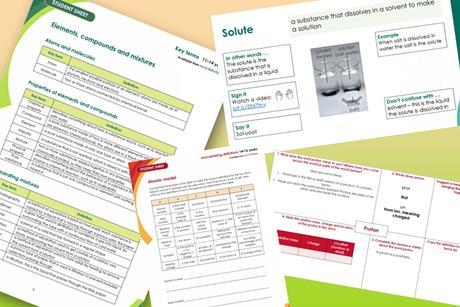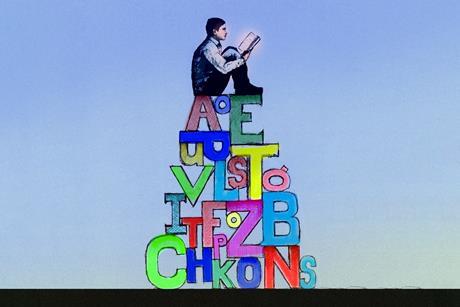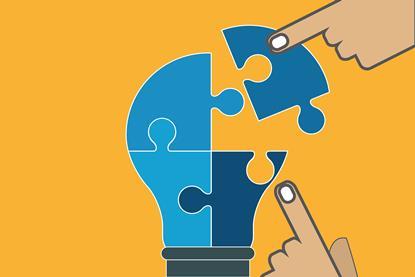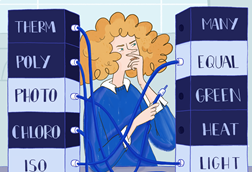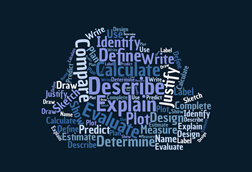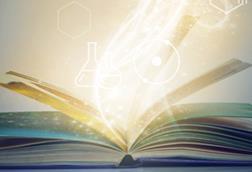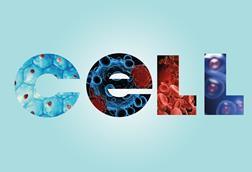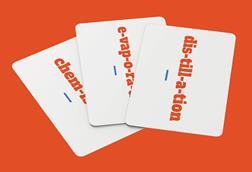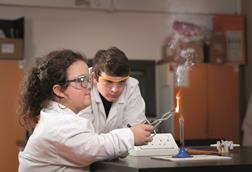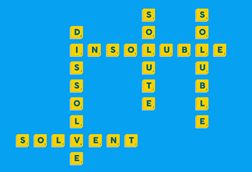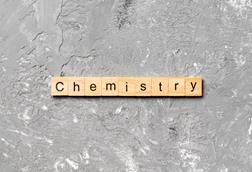- Home
- I am a …
- Resources
- Collections
- Remote teaching support
- Starters for ten
- Screen experiments
- Assessment for learning
- Microscale chemistry
- Faces of chemistry
- Classic chemistry experiments
- Nuffield practical collection
- Anecdotes for chemistry teachers
- Literacy in science teaching
- More …
- Climate change and sustainability
- Alchemy
- On this day in chemistry
- Global experiments
- PhET interactive simulations
- Chemistry vignettes
- Context and problem based learning
- Journal of the month
- Chemistry and art
- Classic chemistry demonstrations
- In search of solutions
- In search of more solutions
- Creative problem-solving in chemistry
- Solar spark
- Chemistry for non-specialists
- Health and safety in higher education
- Analytical chemistry introductions
- Exhibition chemistry
- Introductory maths for higher education
- Commercial skills for chemists
- Kitchen chemistry
- Journals how to guides
- Chemistry in health
- Chemistry in sport
- Chemistry in your cupboard
- Chocolate chemistry
- Adnoddau addysgu cemeg Cymraeg
- The chemistry of fireworks
- Festive chemistry
- Collections
- Education in Chemistry
- Teach Chemistry
- Events
- Teacher PD
- Enrichment
- Our work
- More navigation items
Literacy in science teaching
Resources and ideas to embed literacy into your curriculum and develop learners’ skills in reading, writing and talking about science and their understanding of scientific language
Our latest resources by key chemistry topic
Find key terms glossary resources, reading comprehension, structured talk and structure strips for each key topic
Particle model
Particle model | Key terms support | 11–14
Language support pack for particle model, with key terms list, accessible glossary, Frayer models and unscrambling definitions
Particle model | Reading comprehension | 11–14 years
Use this reading comprehension based on a real science research news story to develop literacy skills and confidence
Particle model | Structured talk | 11–14 years
In this speaking and listening task learners work together to build word bridges, building and sharing understanding by applying the particle model
States of matter | Structure strip | 11–14 years
Support learners to recall and write about the properties of solids, liquids and gases
Atomic model
Atomic model | Reading comprehension | 14–16 years
Use this reading comprehension based on a real science research news story to develop literacy skills and confidence
Atomic model | Key terms support | 14–16
Language support pack for atomic model, with key terms list, accessible glossary, Frayer models and unscrambling definitions
Atomic model | Structured talk | 14–16 years
In this speaking and listening task learners work together to build word bridges, building and sharing understanding of the atomic model
Particle diagrams | Structure strip | 14–16 years
Support learners to describe and evaluate the particle model for solids, liquids and gases with this writing activity
Structure and bonding
Structure and bonding | Structured talk | 14–16 years
In this speaking and listening task learners work together to build word bridges by applying, building and sharing understanding of bonding
Structure and bonding | Key terms support | 14–16
Language support pack for structure and bonding, with key terms list, accessible glossary, Frayer models and unscrambling definitions
Structure and bonding | Reading comprehension | 14–16 years
Use this reading comprehension based on a real science research news story to develop literacy skills and confidence
Covalent bonding | Structure strip | 14–16 years
Understand covalent bonding diagrams and their limitations, with this scaffolded writing activity
Reading
Reading scientific texts is a skill that needs to be taught and practised. Reading textbooks, articles, exam questions or even personal study notes requires a very different approach to reading a novel. Find tips and activities to develop scientific reading skills in these articles and resources.
Read up on reading
Why and how we should teach literacy in science lessons
Scientific literacy is a key skill for all learners and it should feature in all our teaching, says Ben Rogers
Science research news - extracts for your class
- Previous
- Next
Writing
Science communication can take many forms and writing helps students reflect on their understanding and formulate their ideas. Give your students opportunities to write for a variety of different audiences and purposes.
Writing
Writing
Learning to write in chemistry
Michael Seery highlights the importance of carefully-designed writing activities in enabling students to build their scientific writing skills
Read storyCommunicating through writing
A sweet solution to extended questions
Motivate learners to structure their answers for full marks
Improve your students’ literacy in science skills
Use these tips to help your pupils write and talk like a scientist
Understanding comes with writing
How writing builds learning
Building better science communicators
Kristy Turner explains why science teachers should help develop student literacy
Learning to write about chemistry
How might we include meaningful writing assignments in our curriculum?
More writing activities
Justice and injustice in chemistry: aspirin and other drugs | 16–18 years
Critical thinking and research task, reflecting on the science and societal views surrounding drugs and their development
Plant-based plastics | 11–14 years
Put chemistry into context and encourage your 11–14 students to use their critical thinking skills with these classroom activities
Why do sediments form layers? | 11-14 years
Explore the layered formation of sedimentary rocks using this lesson plan and set of downloadable activities for 11–14 year olds.
How do car exhaust gases impact the environment? | 16-18 years
Explore the origin and environmental impact of pollutants in car exhaust emissions using peer-assessed writing in this lesson plan for 16–18 year olds.
Oracy
Talk matters: speaking and listening skills are incredibly valuable in their own right, but talk also has a big impact on other aspects of learning. High quality talk is well-structured and guided by teachers.
Resources to support structured talk
- Previous
- Next
Read more about oracy
- Previous
- Next
The language of chemistry
Alongside the fundamental ideas of chemistry, learners have to decipher new key words, definitions and command words. This means learning chemistry can be akin to learning a new language. Help students to improve their scientific vocabulary with these ideas and pedagogical approaches to etymology and the language of chemistry.
Closing the word gap
How focusing on literacy improves chemistry understanding
More on scientific vocabulary
- Previous
- Next












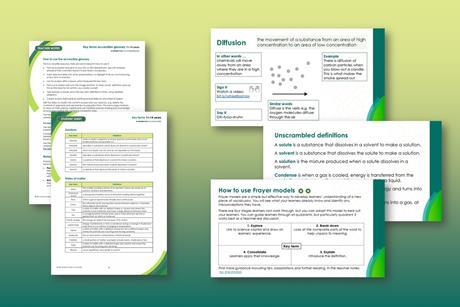







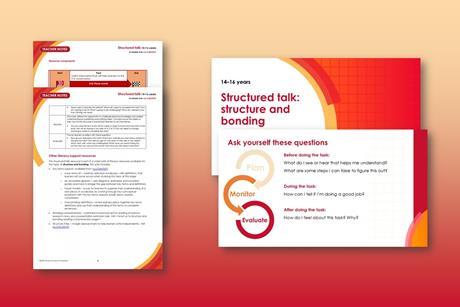



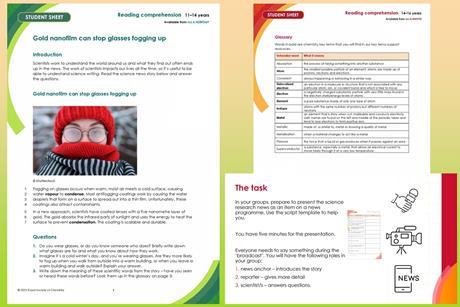
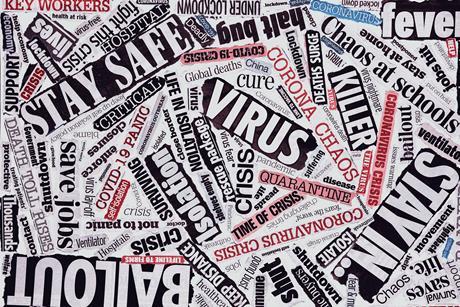
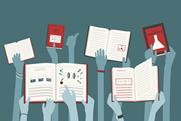
![Shutterstock 130330691 300tb[1]](https://d1ymz67w5raq8g.cloudfront.net/Pictures/181x121/6/3/0/113630_shutterstock_130330691_300tb1.jpg)
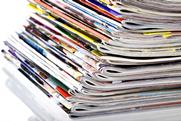

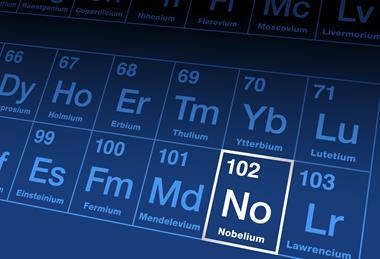
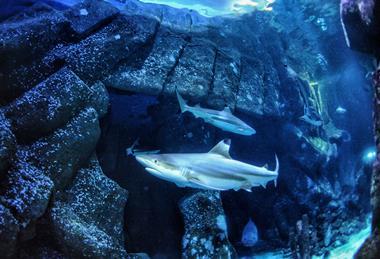
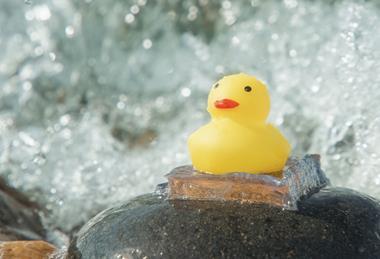
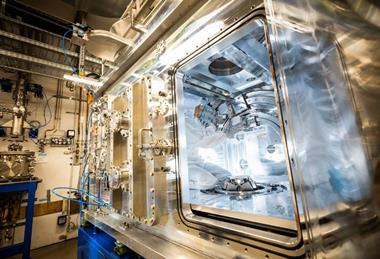

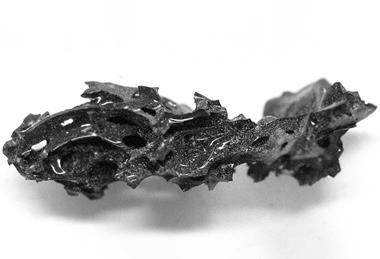
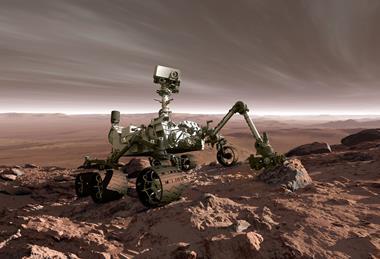









![Editing%20a%20paper%20 %20nics events%20on%20 flickr[1]](https://d1ymz67w5raq8g.cloudfront.net/Pictures/100x67/7/0/7/113707_editing20a20paper2020nics_events20on20flickr1.jpg)
